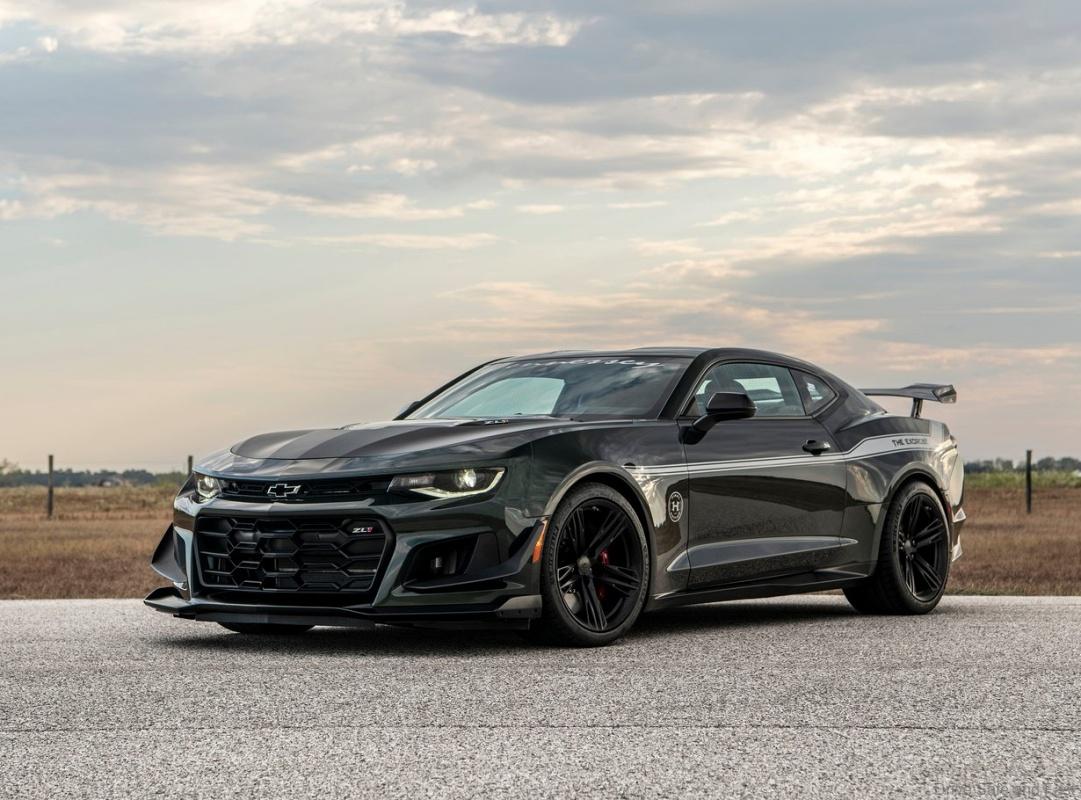The Chevrolet Camaro leaves behind a long and storied legacy to enjoy, read it here
I, like many other young car enthusiasts around my age, first fell in love with American Muscle cars through 1 of 3 movies (the fast and the furious franchise, the Michael Bay Transformers franchise or that God awful need for speed movie starring Aaron Paul). Me personally, it was the former but for many, it was Bumblebee in the Transformers movie.

Not only was Bumblebee’s design so iconic, he was also a fan favourite and the sleek design of the Chevy Camaro only added to that. So since Chevrolet has announced it will discontinue the iconic Camaro in 2025, I thought, we could learn the history of this car today. The Camaro, introduced in 1966 for the 1967 model year, was an icon of American muscle cars.
Moreover, it was developed in response to the popular Ford Mustang, marking Chevrolet’s entry into the growing pony car market. The Camaro featured a long hood, short rear deck and a variety of engine options ranging from a straight-six to powerful V8s. Its design emphasized performance, style, and affordability, appealing to young, performance-driven buyers.

The first generation Camaro (1967-1969) earned a reputation for performance, with models like the SS and Z/28 gaining popularity. The Z/28, with its 302-cubic-inch V8, was specifically designed for racing, especially in Trans-Am events. The muscle car era began to wane in the early 1970s due to rising insurance costs and stricter emissions regulations.
Meanwhile, the second generation Camaro (1970-1981) offered more refined styling and improved handling, though performance took a hit due to stricter regulations. The third gen Camaro (1982-1992) saw the introduction of fuel injection and a sleeker, more modern design.

On top of that, performance models like the IROC-Z (1985) helped revitalize the brand, with the muscle car once again embracing high-performance variants. However, the fourth generation Camaro (1993-2002) faced competition from imports and a shift in automotive trends, and production ended in 2002 due to declining sales.
After a hiatus, Bumblebee returned in 2010 as part of the fifth generation (2010-2015), based on Chevrolet’s “retro” design movement. It received critical acclaim for its powerful V6 and V8 engines, advanced technology, and modern styling. The sixth-generation Camaro (2016-2023) refined its performance and handling.

So there you have it, folks. A brief rundown of the history behind one of the most iconic muscle cars to ever exist. Enthusiasts will be sad to see this model go next year but we should take solace in the fact that the Ford Mustang still retains its V8 and is still being produced in 2025.